For solo light lyric soprano, 2 flutes, oboe, clarinet, horn, harp, 2 violins and cello
Note: Flute #2 doubles alto flute and piccolo. But, in the Interlude, alto flute is not used. Only flute and piccolo are played by this musician.
Note: Interlude — "flock of birds” does not use the solo singer part and thus can be performed as a standalone 4-minute ensemble recital composition for 2 flutes, oboe, clarinet, horn, harp, 2 violins and cello.
First performance: Claire Booth, soprano, Aurora Orchestra, Nicholas Collon conductor; Wigmore Hall, London, England, 7 July 2015
First performance English Horn Version: Paul-Edouard Hindley, English Horn, Orchestre national d’Île-de-France, Sora Elisabeth Lee, conductor; presented by IRCAM in the Philharmonie de Paris, Paris, France, 1 July 2022
First performance Flute Version: TBD
First performance Oboe Version: TBD
First performance Clarinet Version: TBD
First performance Soprano Saxophone Version: TBD
First performance Alto Saxophone Version: Floris Van der Veken, Alto Saxophone, Eastman Musica Nova Ensemble, Brad Lubman, conductor; at the at the Eastman School of Music in the Kilbourn Hall, Rochester, NY. 7 December 2022
First performance Trumpet Version: TBD
Duration: 17 minutes
Each version has its own set of score and parts. The version’s materials are NOT mix and match. Thus, in your order, please specify exactly which version you want. Thanks!

Listen to the first movement, titled "Of Being is a Bird" (live concert performance; from the World Premiere):
Listen to the instrumental interlude, between the two vocal movements, titled “Flock of Birds"
(live concert performance; from the World Premiere):
Listen to the third movement, titled "The most triumphant Bird I ever knew or met"
(live concert performance; from the World Premiere):
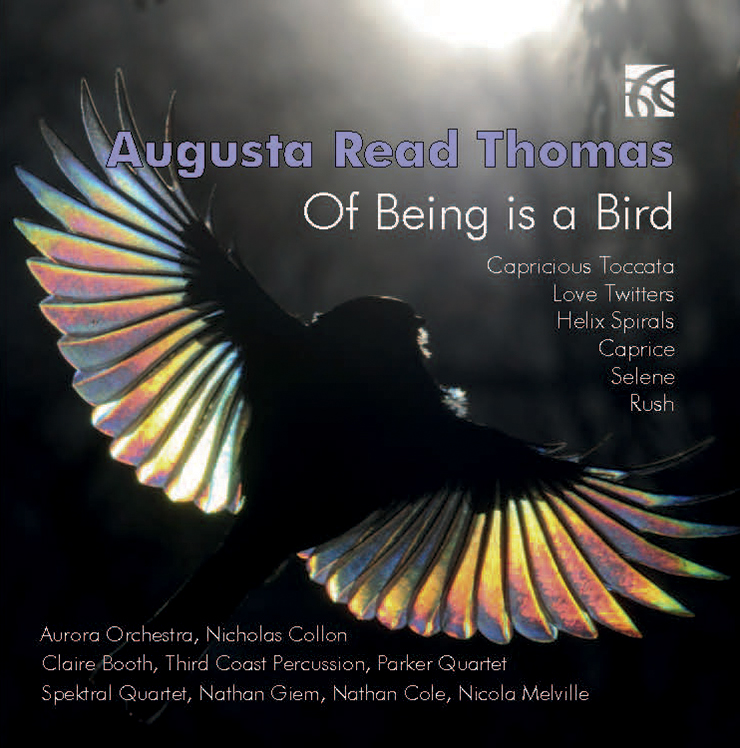
This work is available on
Augusta Read Thomas - Of Being Is A Bird
Commissioned by the Wigmore Hall, with the support of André Hoffmann, president of the Foundation Hoffmann, a Swiss grant making foundation.
The work should be listed in the concert programs in this manner:
Of Being is a Bird (Emily Dickinson Settings) Augusta Read Thomas (1964)
I: Of Being is a Bird
— Interlude — "flock of birds"
II: The most triumphant Bird I ever knew or met
Movements can be played together, in the order listed above, or any of the three movements can be performed independently as a stand-alone work. During the interlude, typically the soloist sits down in a chair stationed back by - or even behind - the percussion.
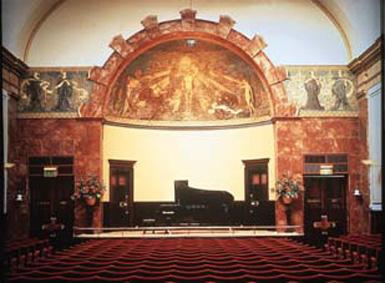
FIRST PERFORMANCE: July 7, 2015: Claire Booth, soprano, Aurora Orchestra, Nicholas Collon conductor in Wigmore Hall.
DURATION: 16-17 minutes
INSTRUMENTATION: Light Lyric Soprano
Flute #1
Flute #2 (doubling Piccolo and Alto Flute in G)- plays the crotale sounding A6 with a brass mallet
Oboe -plays the crotale sounding Ab6 with a brass mallet
Clarinet In Bb (doubling Bass Clarinet in Bb) - plays the crotale sounding C7 with a brass mallet
Horn in F - plays the crotales sounding Eb6 & G6 with a brass mallet
Harp
2 Violins
Cello- plays the crotale sounding D7 with a brass mallet
Solo soprano, 2(2nd dbl.Pic and Alto Fl)1.1(dbl.Bcl)0/1.0.0.0/hrp./2 vl. 1 vc
This composition requires six crotales (all from the lower octave of crotales except the D7) and 4 brass mallets. The crotales can be suspended on strings from the music stands or mounted on a small racks near the players. [If a percussionist or extra musician is available to play the crotales parts, they should be engaged to do so. NOTE: Any musician can play the crotales parts, which are easy and sight-readable.] A Crotale PART comes with the set of parts.
SEATING ARRANGEMENT:
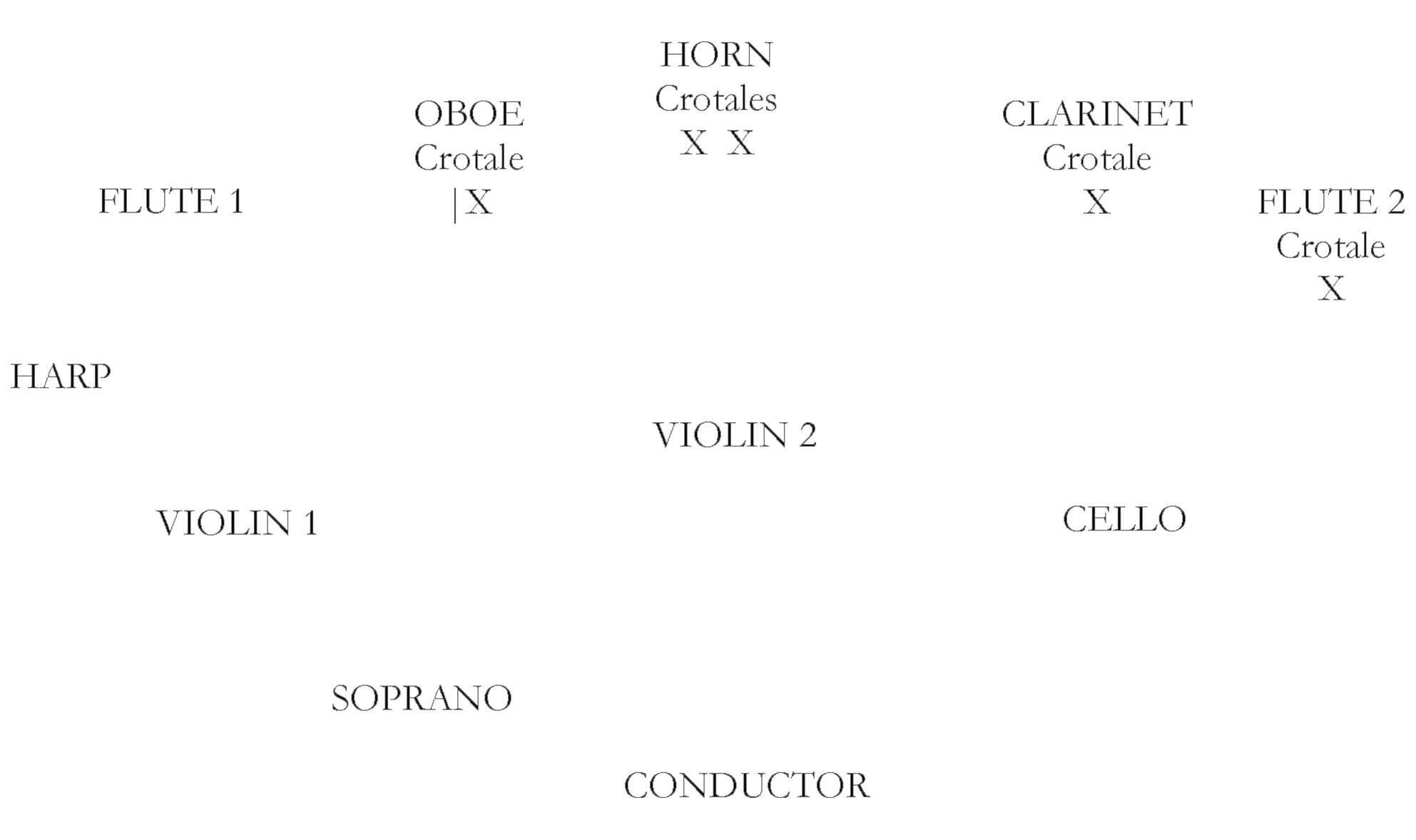
I: Of Being is a Bird — duration six minutes
—Interlude— flock of birds — duration 3 minutes and 30 seconds
II: The most triumphant Bird I ever knew or met — duration six minutes and 30 seconds
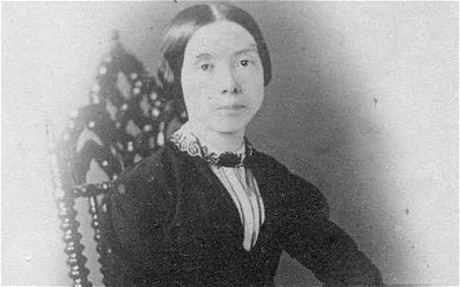
653
Of Being is a Bird
The likest to the Down
An Easy Breeze do put afloat
The General Heavens — upon —
It soars — and shifts — and whirls —
And measures with the Clouds
In easy — even — dazzling pace —
No different the Birds —
Except a Wake of Music
Accompany their feet —
As did the Down emit a Tune —
For Ecstasy — of it
—Instrumental Interlude— "flock of birds"
1265
The most triumphant Bird I ever knew or met
Embarked upon a twig today
And till Dominion set
I famish to behold so eminent a sight
And sang for nothing scrutable
But intimate Delight.
Retired, and resumed his transitive Estate —
To what delicious Accident
Does finest Glory fit!
Augusta Read Thomas has walked a path — or flown — with Emily Dickinson before, in Sunlight Echoes for youth choir and youth orchestra (2002) and Gathering Paradise, a song cycle for soprano and symphony orchestra (2004). This new piece is a pair of bird songs — bird songs that indeed have to do with bird songs, with the songs that birds themselves make, but more, as the title poem indicates, with bird being, with how birds are and also with how birdlike — in flight — being is. After all, the singing here is done by a human being, and by a specific human being, for, the composer tells us, she "listened to every recording of Claire Booth I could find and took note of the colour of every pitch in her vocal range."
Those colours wind through constantly changing textures of instrumental hue in the opening song, where voice and instruments are forever echoing one another, though only the voice, for the most part, has the long line. If any of the instruments is to the fore, it is perhaps the harp, which, to quote the composer, "provides a kind of golden thread throughout the piece in counterpoint with the solo soprano." The harmonies, too, are constantly on the move, adjusting to the vocal line while keeping the music afloat and luminous. We might be hearing the clouds of which the poem speaks, or the easy breeze, or the 'Wake of Music,' all with a snatch of bird song.
Contrastingly fast, and without the singer, the interlude moves from human time to avian, suggesting bird song but perhaps more the darting of birds in motion — birds mimicked by instruments veering off in response to loud ensemble attacks. "The music is built in contrapuntal lines," the composer points out, "like two lines of birds in a flock that merge and separate and flow and flux together across the sky." Principal flier at first is the flute, but quite soon everyone takes to the air in virtuoso vertigiousness.
The second song recalls the first, but only briefly before the music gains speed and dynamism, as well as some jazzy exuberance. Thomas here, as she notes, "shows off a different side of Claire Booth's voice and vocal agility." The singer participates in the triumph, along with the bird triumphing in life — with life triumphing in itself.
Copyright © by Paul Griffiths
Neil Fischer, The Times (London), 9 July 2015 "Although only setting two poems, Of Being is a Bird itself and The most triumphant Bird I ever knew or met, Thomas has crafted a cleverly miniaturized scena in two contrasting sections. The first, slow part depicts nature filtered through human wonder, in open, improvised-sounding harmonies, high plucked harp and instrumentation lines that followed Booth's pellucid soprano. The second part is woman as bird, Dickinson's "intimate delight" taking flight in rapid syllables and flickering textures. It's a crowded market depicting birds in music but Thomas has found room in the nest."
Kenneth Carter, ClassicalSource.com, 8 July 2015 The Aurora Orchestra — impassioned and unbelievably skilled performers — was brilliant and its members played with all the energy and commitment you could want. Pleasurable and invigorating was Augusta Read Thomas's brand-new Emily Dickinson-related Of Being is a Bird (dedicated to Julian Anderson), giving Claire Booth further opportunity to display her intense yet beguiling soprano. Here, in contrast to 1913 — the brittle excitability of Japanese Lyrics and the icy articulations of Ravel's versions of Mallarmé — we had open-throttled energy, brisk curiosity and drama from 2015 — culminating in a swinging transatlantic swagger. This was an exceptional evening.
Hannah Nepil, Financial Times, 8 July 2015 "Of Being is a Bird: Emily Dickinson Settings is certainly true to its title. This three-section work for voice and ensemble cleverly evokes avian imagery in the twittering flute, the swooping voice part, and the lines that converge and separate like a migrating flock. Read Thomas knows how to handle the orchestra and...it does...show off the radiance of soprano Claire Booth."
Andrew Clements, The Guardian, 9 July 2015 "Conceived very much with Booth's easily expressive voice in mind, Thomas's Of Being is a Bird separates two of Dickinson's celebrations of avian freedom and flight with a fleet, glistening interlude for the ensemble of five winds, harp and three strings. The first song, based on the title poem, is strikingly effective, with the smoothly contoured, long-limbed vocal lines given a shimmering halo of sharp instrumental attacks and splinters, and...the second, The Most Triumphant Bird I Ever Knew or Met...the sense of a beautifully shaped and effective triptych remained."
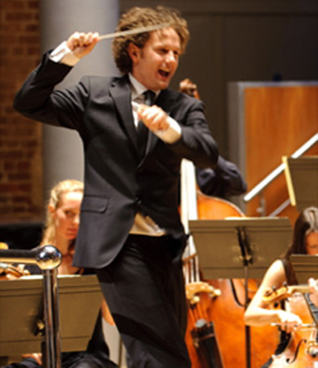 |
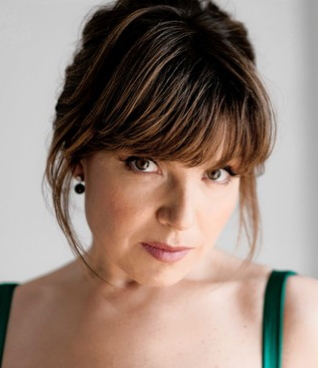 |
Conductor Nicholas Collon |
Soprano Claire Booth |
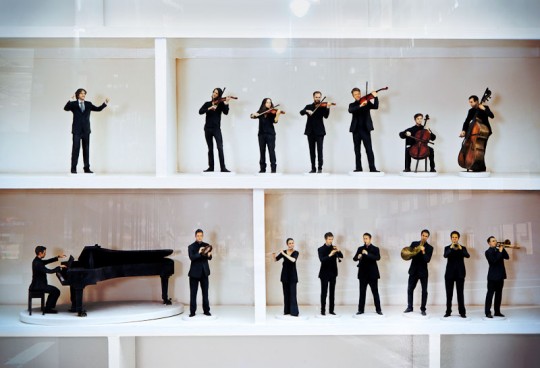
To obtain examination or performance material for any of
Augusta Read Thomas's works, please contact G. Schirmer Inc..
